Electrons & Cyanotypes: Scanning Electron Microscopy in Cyanotype on Washi (2017-2021)
At its inception, the photographic process was heralded as a scientific wonder and an indispensable tool to capture representative, unaltered images of the world around us that would far surpass the capabilities of the most skilled scientific illustrator. Anna Atkins first made use of the cyanotype process in 1843 to create a series of light impressions of algae, not only publishing the first photo book but also showing the scientific and artistic potential of the nascent process. Honoring that early achievement, this series of images uses cutting-edge eSEM technology to capture high magnification images of humble household spices and then renders them using this rudimentary photographic process, calling back to photography’s roots 180 years later.
Graffiti: Chatanika (2012)
The Chatanika Dredge is the most publically accessible gold dredge in Interior Alaska; laying less than a mile from a two-lane highway 30 miles north of Fairbanks, it’s stood idle for over fifty years, slowly rusting away, being picked apart by looters and tagged by vandals. Its historical significance has faded away over the years as the vibrant neons of recently spray-painted names gain prominence on the rusted facades; the graffiti takes over any conventional photograph. In an effort to strike a balance between the history and graffiti, I photographed the Dredge using vintage cameras and uniquely colored films – and the effect surprised me. Not only was a balance struck, but the graffiti seemed to belong the more I looked at my negatives. No story of the dredge would be complete without the graffiti and the graffiti redefines the dredge with each new tag, name or elaborate drawing that’s added to its ironwork. Because of this, it seemed only fitting to render my own reinterpretations as graffiti.
Process: Images were shot on Lomography Color Slide X-Pro and Redscale films with a Pentax Super ME, shot and scanned. Images were then digitally printed onto spraypainted black 4×5 cards.
Lightboxes: Visualizing Summer during Winter (2011)
This project explores the latent beauty in the fragile form of dried flowers, fruits and seeds found in the midst of a harsh Alaskan winter. Too often do photographers focus on capturing natural beauty like this in its most “perfect” form – a fresh blossom on a gorgeously sun-lit summer day – but there’s a simple beauty to the fragility that’s amplified when placed in front of a snowy landscape with soft blue hues. It’s the delicate beauty of neglect that drove me to capture these scenes. I chose to render these scenes in dimly-lit lightboxes, echoing the same fragility of the scene in their cracked wood facades and delicate, transparent gel transfers.
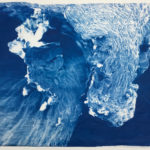
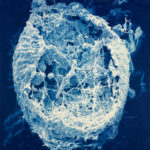
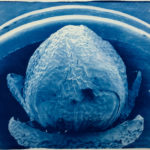
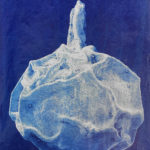
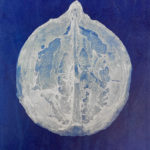
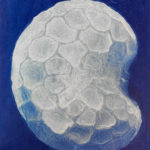
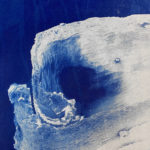
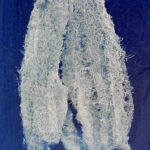

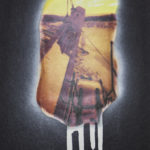
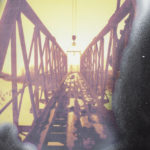
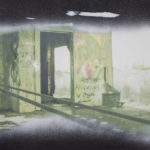
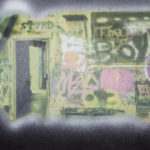
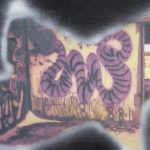

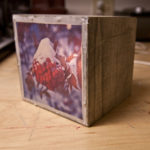
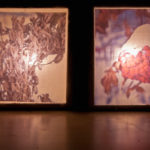
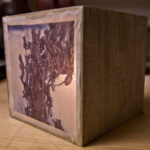
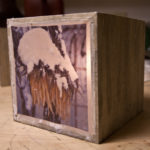
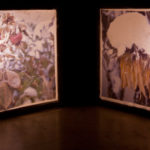

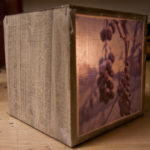
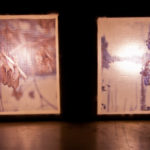
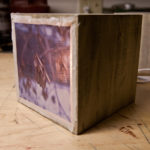
Nadezda did a terrific job with making the material approachable for beginners and advanced alt-pro photographers alike. Although I’ve certainly possessed a basic understanding of the process, she demystified so many elements of this complex process – one that I’ve always seen as magical From coating the plates with silver through exposure and development, I quickly developed a cautious confidence in what I was doing thanks to Nadezda’s hands-on guidance.